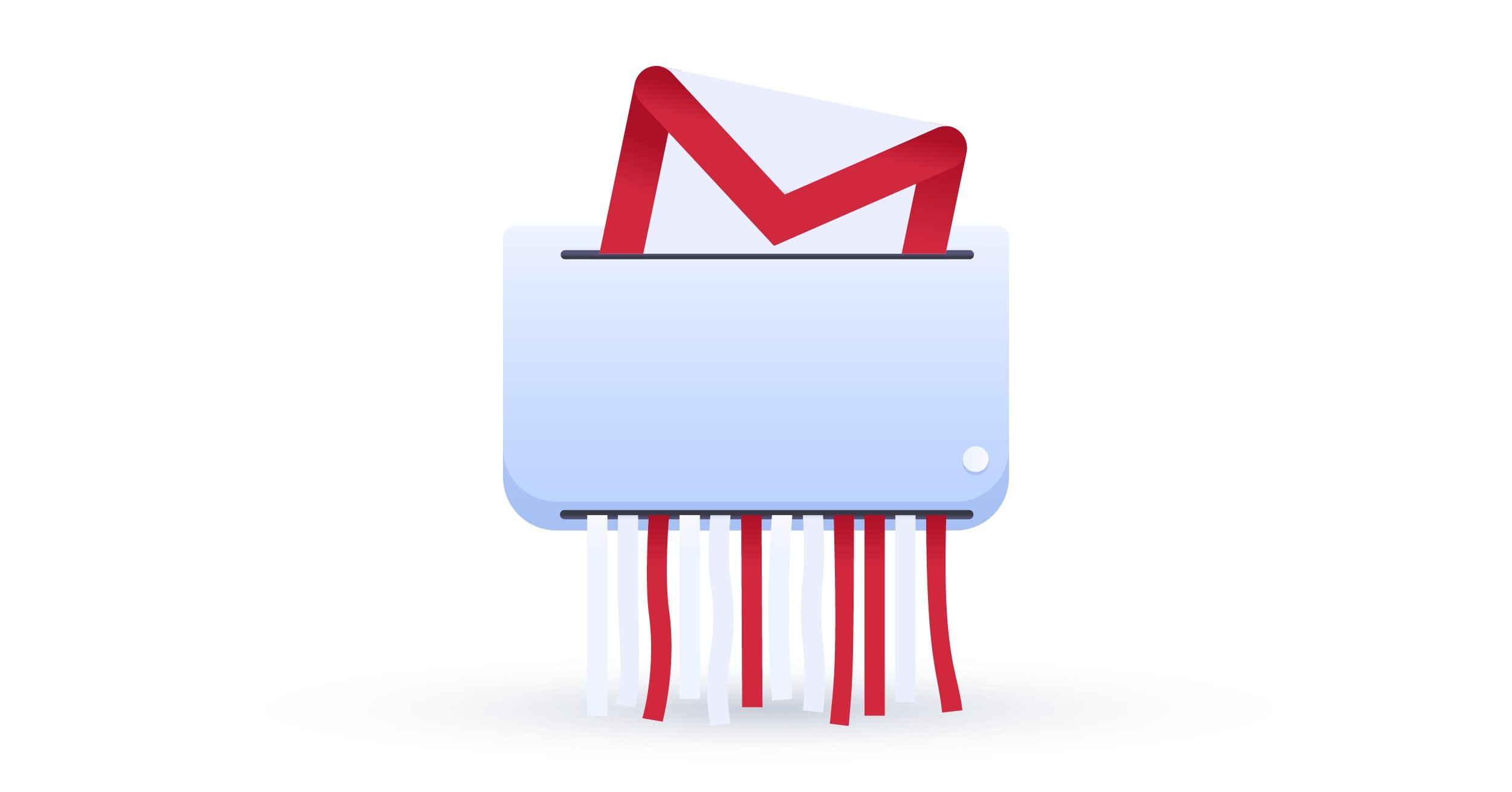How to delete your Yahoo account permanently
Closing an old email account may help you stay organized, but when it comes to Yahoo Mail, deleting it may actually be a security necessity, especially in light of past breaches. An old, unused email attracts spam over time, so delete it to simplify digital management and reduce your digital footprint. However, the process of deleting your Yahoo account is irreversible – back up all your important information first.
How to delete a Yahoo account
If you delete your Yahoo email account, you will also lose My Yahoo settings, Flickr account and photos, Yahoo Messenger and other data related to your Yahoo account. Before closing down Yahoo email, make sure you download any information you may need in the future. Make sure you’re set on the decision to delete your Yahoo email account.
Follow the steps below to delete your Yahoo account:
- Log in to your Yahoo account.
- Open “Subscriptions.”
- Make sure you don’t have any active subscriptions before deleting your account.
- Then, head to the Yahoo account termination page.
- Press “Continue delete my account.”
- Enter your email address, and press “Yes, terminate this account.”
Yahoo says the deletion process takes a few days, and sometimes weeks, to complete, and it may take longer in certain countries. After you terminate the account, any emails sent to this Yahoo account will bounce back with a delivery failure message.
Yahoo also informs that some of your data “might possibly remain” in its records even after the account is fully terminated. To find out more about which information might be stored, visit Yahoo’s Data Storage and Anonymization support page.
How to reactivate a Yahoo account
To reactivate your Yahoo mail account, all you need to do is log back in with your original login details. You’ll be asked to confirm your recovery information, then have to make a new password.
Once you delete your Yahoo account, you’ll have 30 days to change your mind. Once you pass beyond the 30 days, your old account will be gone forever, with no chance of recovery. While a 30-day wait is the norm for most of the world, make sure to double check your country’s policy. For example, users from Australia and New Zealand have 90 days to reactivate their account.
Should you delete your Yahoo account?
Yahoo has a poor security record, so a user can’t be blamed for wanting to close their Yahoo account.
- Yahoo was purchased by Verizon, an ISP that fought for the right to sell your search history to third parties. Yahoo Mail also scans your messages in order to show you personally relevant offers based on the information it has gathered on you.
- From 2013 to 2014, the data of 1 billion Yahoo accounts were breached: almost one in seven of planet Earth’s inhabitants.
- In 2017, Yahoo issued another data security warning. Instead of over a billion email addresses compromised, 32 million Yahoo email addresses had been affected by forged browser cookies in 2015 and 2016.
When email addresses get leaked online, hackers usually trawl the databases of the stolen login details and try them on other sites. If you happen to reuse the same credentials for several accounts, a data breach would put all of them at risk.
Even if you don’t think that any of your account data might have been stolen, we advise checking how strong your password is and whether it’s been previously exposed. You can also check to see if your password has been compromised in any other previous data breaches.
How to stay safe with a Yahoo account
Yahoo has suffered from several huge data breaches. With more than a billion accounts compromised, it’s easy to see why some users may have second thoughts before creating a Yahoo account. Rather than relying on Yahoo’s cybersecurity, it’s better to have a proactive attitude towards online security in general. Here are some of the best ways you can stay safe online while having a Yahoo account.
Use a password manager.
A password manager is a security tool that keeps your account passwords completely secure in an encrypted vault only you can access. Software like NordPass can generate complex passwords so you don’t have to. When prompted, the passwords will also autofill the correct criteria, meaning you don’t need to memorize complicated strings of letters, numbers and symbols.
Exercise caution online.
Hackers and cybercriminals will use social engineering to trick you into giving away identifying data, or even accidentally revealing your account login details.
Dark web scanner.
NordVPN’s dark web scanner is constantly searching dark web sites for your credentials and will alert you if they’re discovered, allowing you to act on that information accordingly.
Want to read more like this?
Get the latest news and tips from NordVPN.
